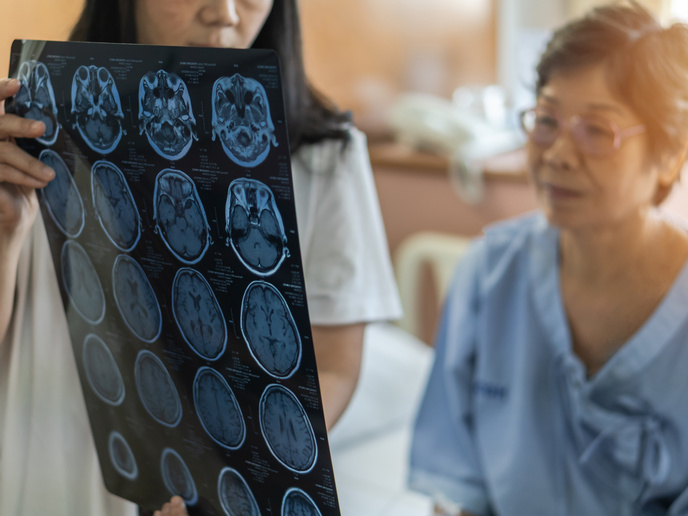Blood–brain barrier in health and disease
According to the World Health Organization (WHO), brain diseases account for nearly 35 % of human diseases. The mechanisms that support cellular exchange between the brain, blood and cerebrospinal fluid (the BBB) are critical for protecting the brain from harmful substances. However, they also pose a serious obstacle to the delivery of drugs and the treatment of brain diseases. OTo address the therapeutic challenge posed by the BBB, scientists on the EU-funded 'Neuroscience on barriers in development' (NEUROBID)(opens in new window) set out to investigate in detail the mechanisms implicated in the barrier system. Their plan was to compare the function of a normal and an abnormal BBB, and identify key players involved in the mechanism. In the normal brain, researchers elucidated the molecular mechanisms by which large molecules (proteins) are transferred across the choroid plexus, and identified specific brain barrier cell surface recognition targets. The function of the BBB is significantly challenged by adverse perinatal exposures such as inflammation, hypoxia and glucocorticoid treatment. Using animal models for these situations, scientists were able to assess the effect of disease on BBB function in the developing individual. They discovered that exposure to corticosteroids in the perinatal and neonatal periods significantly increases the risk for neurodegeneration. Similar alterations in the morphology and function of the BBB are imposed by perinatal inflammation. In answer to this, the consortium investigated how neuroprotective drugs could restore or maintain BBB integrity. With respect to the transfer of molecules or drugs across the BBB, scientists explored various strategies, including the modification of lipid solubility, and the use of transporters or carriers. Collectively, the activities of the NEUROBID study promote a better understanding of the BBB and its function, particularly in the developing brain. The generated knowledge also has the potential to translate into clinical intervention for the management of neurological diseases.







